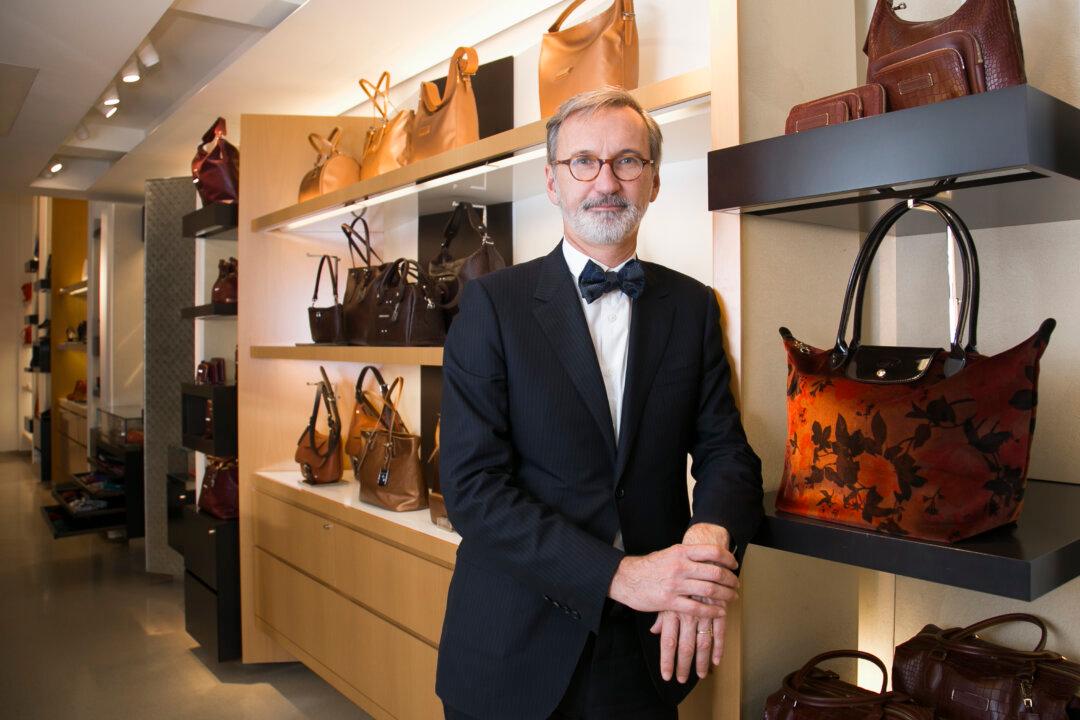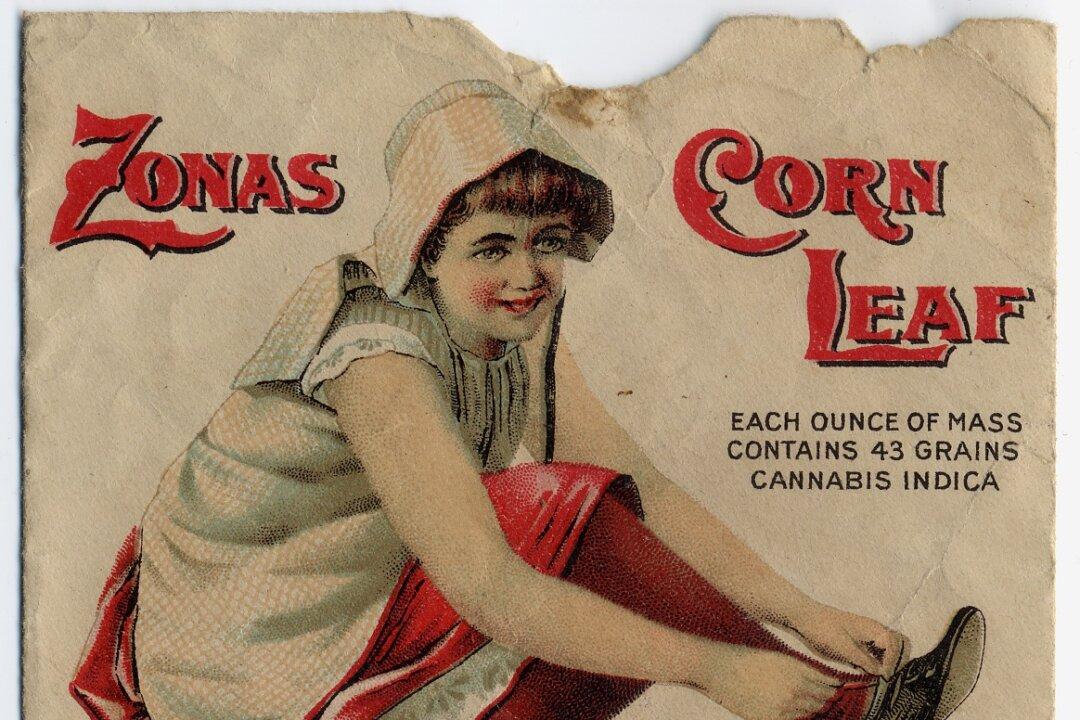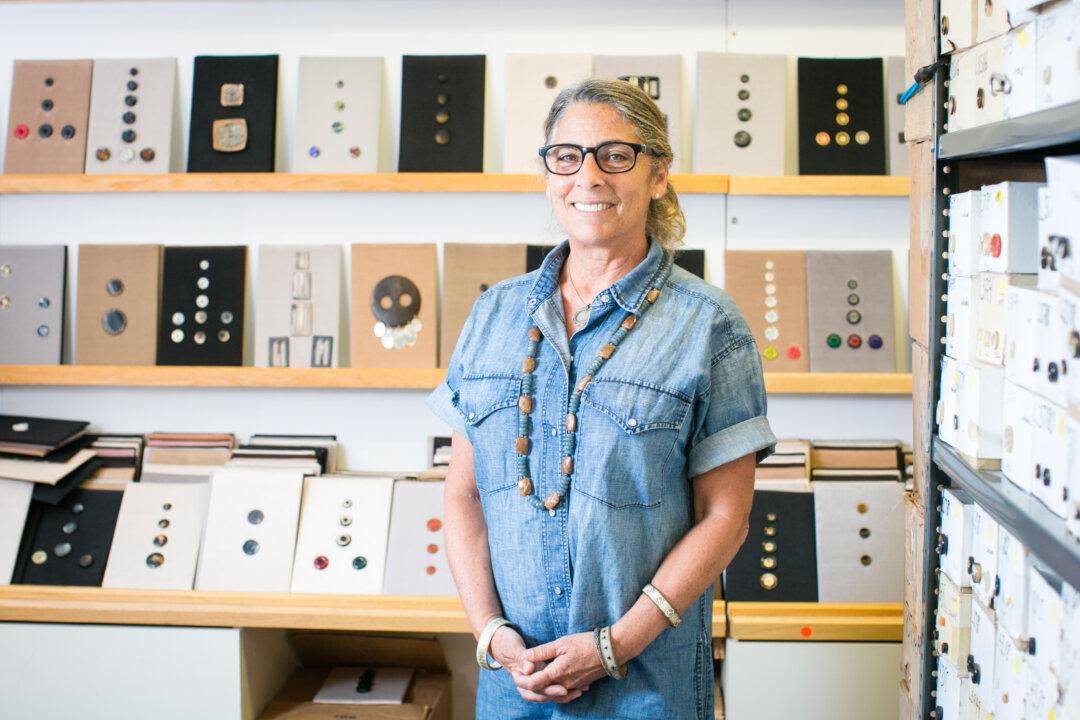“So that’s the beginning of the company in 1948,” said Jean Cassegrain, CEO of the French luxury goods company Longchamp, referring to an old horse-leather pipe that he was holding.
He is a man of few words, or rather, a man of few superfluous words and very little time. As CEO of the family-owned and family-run business, he shoulders the weight of the company while jet setting around the world oiling the wheels of the Longchamp empire.




